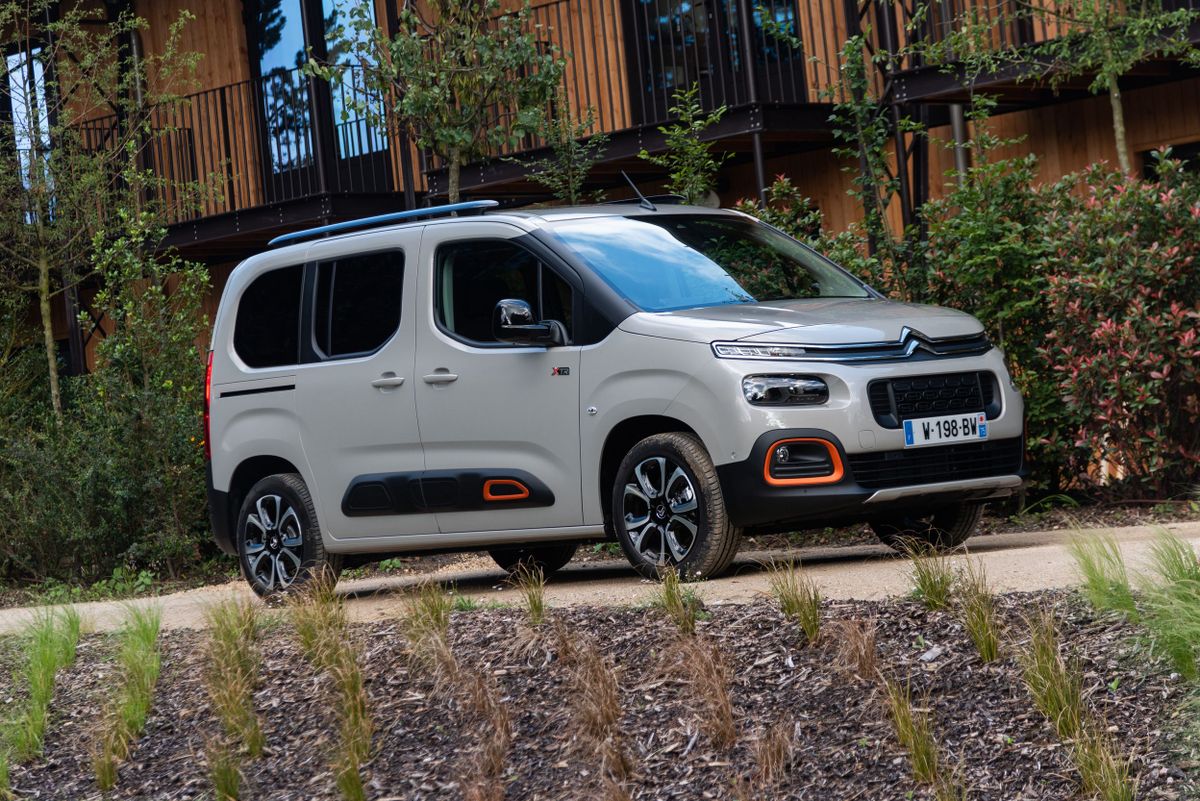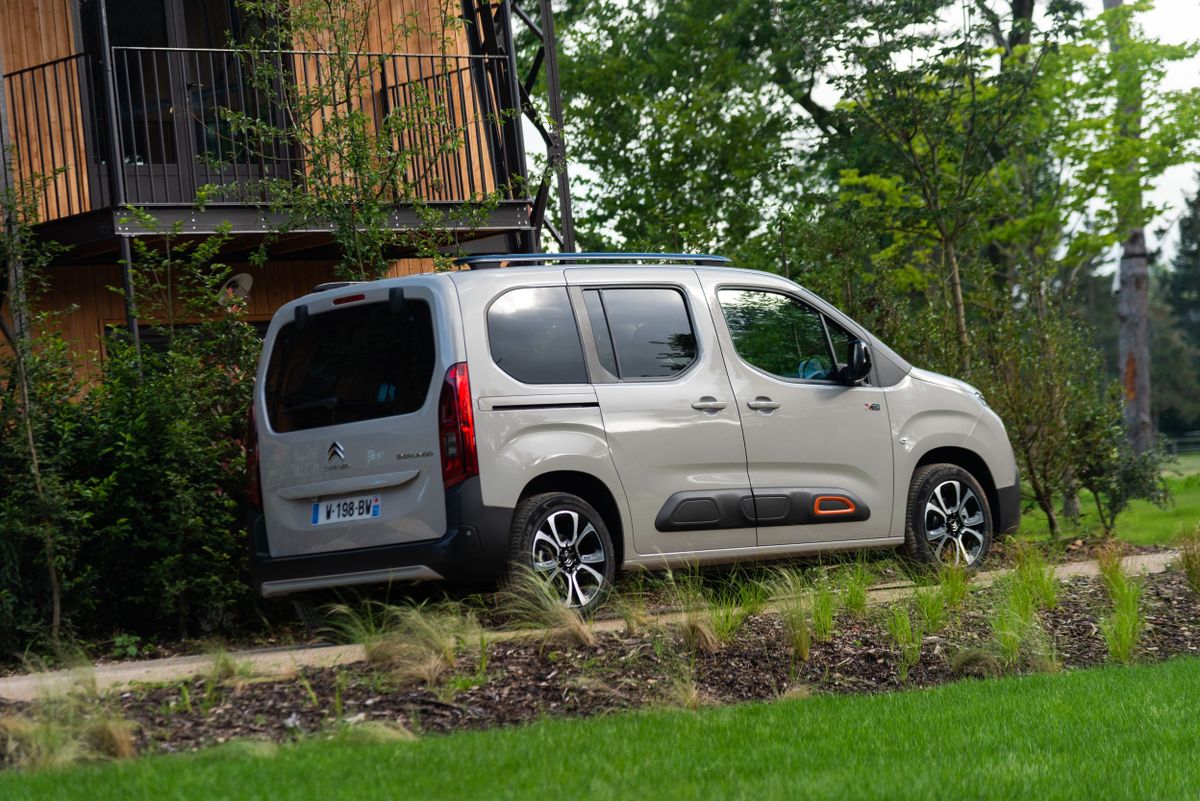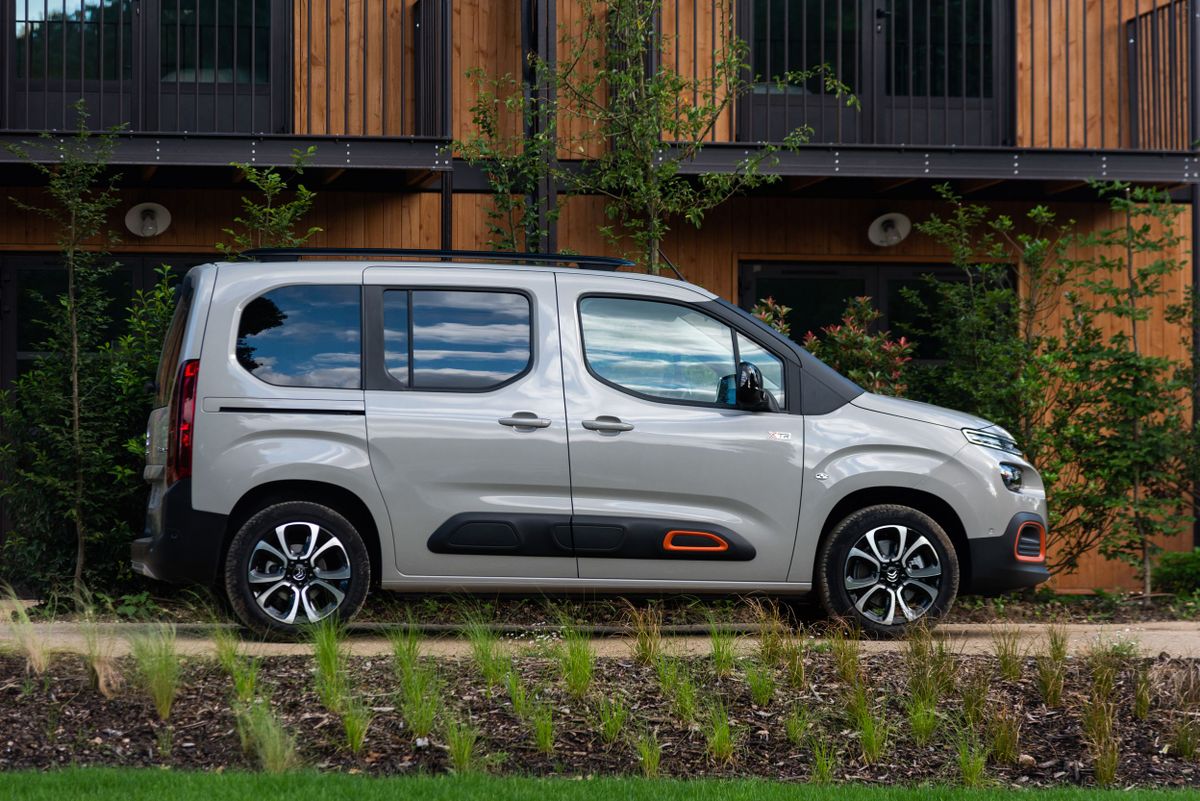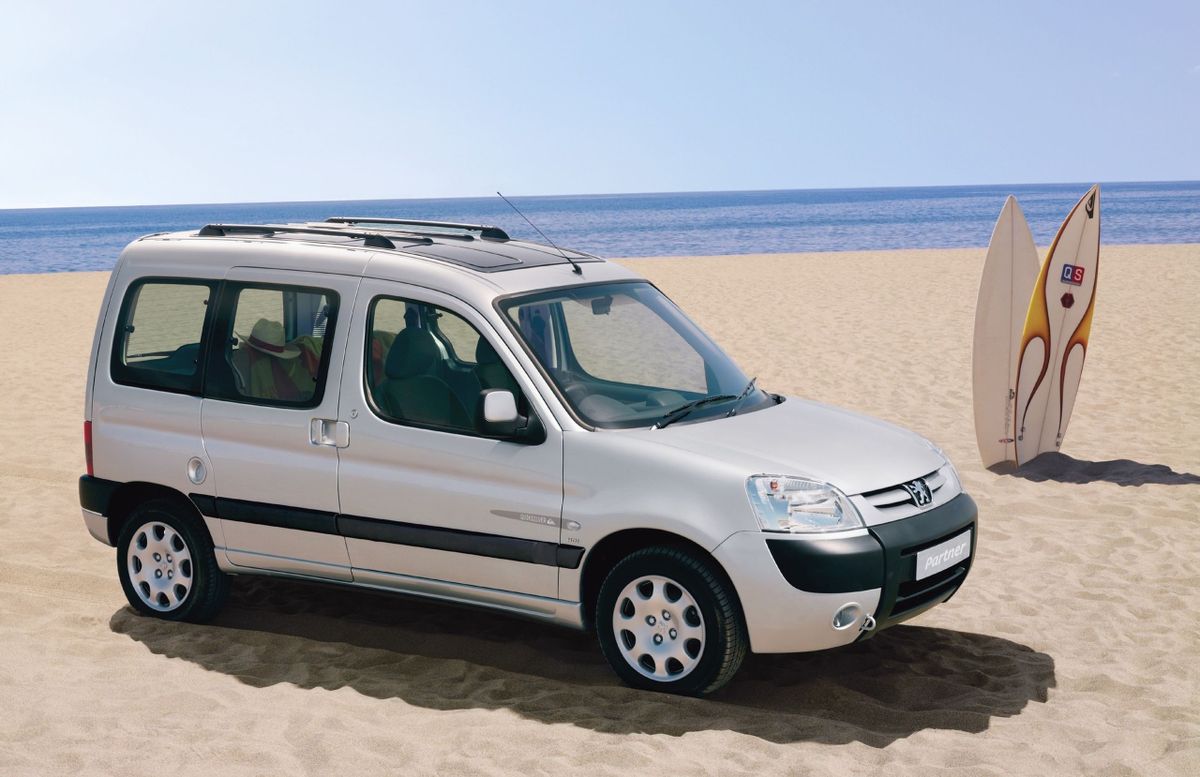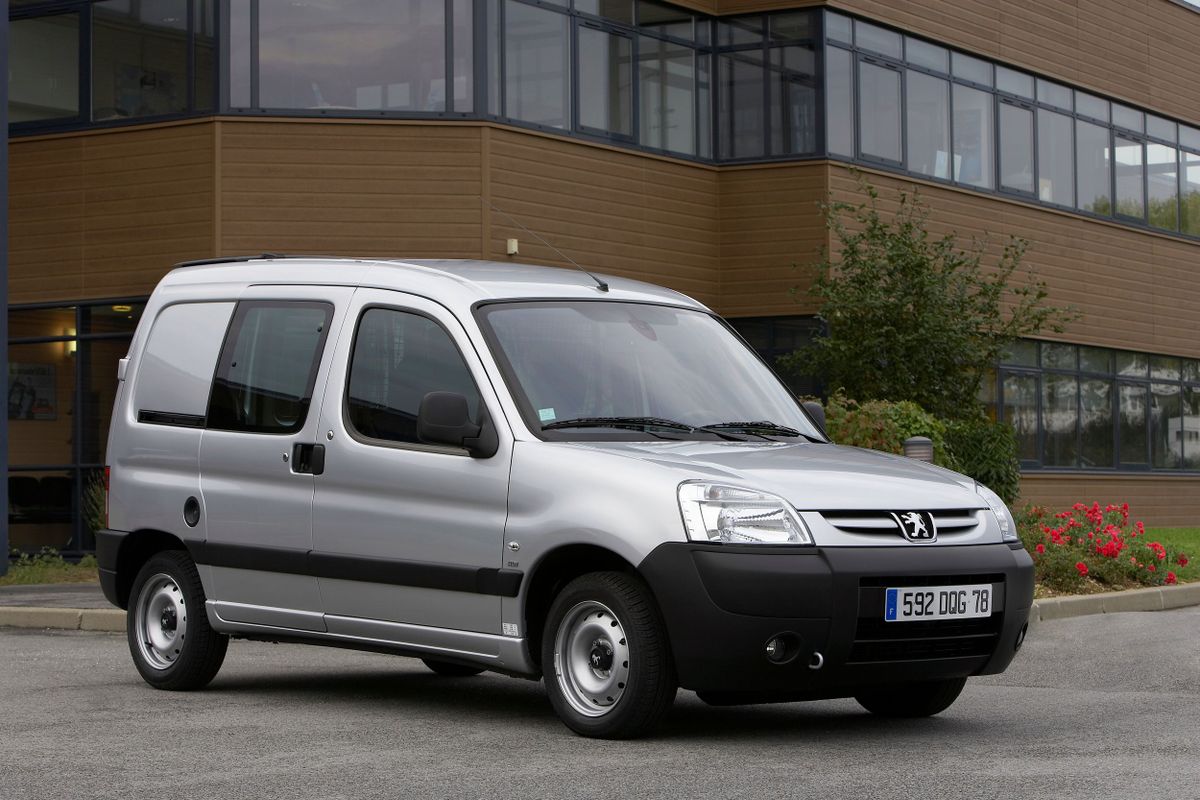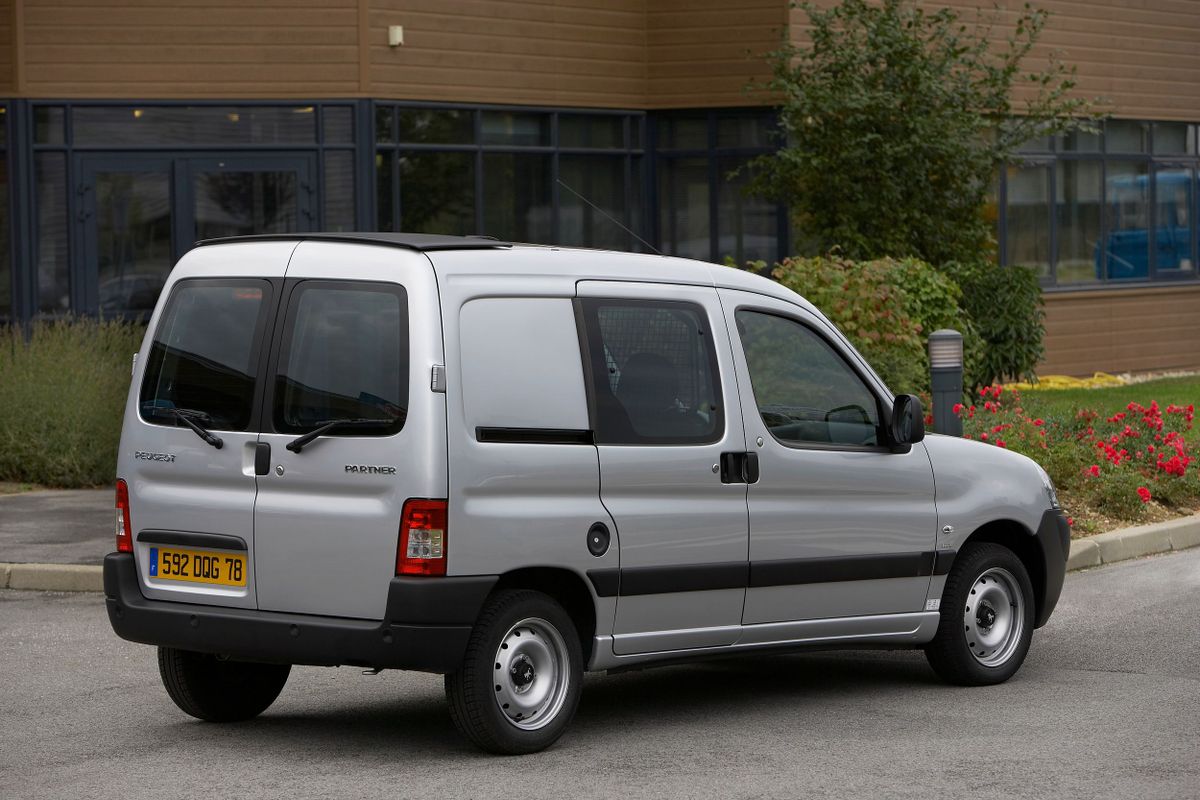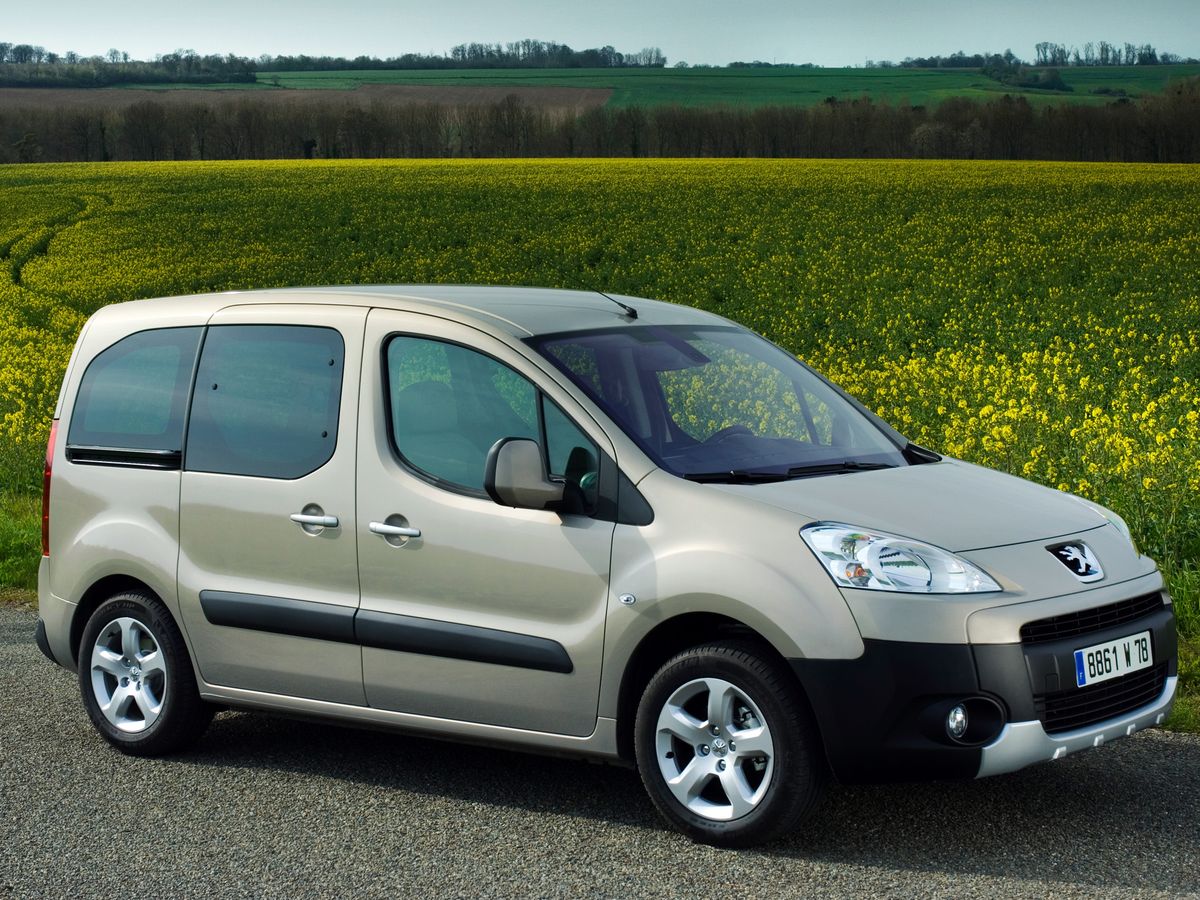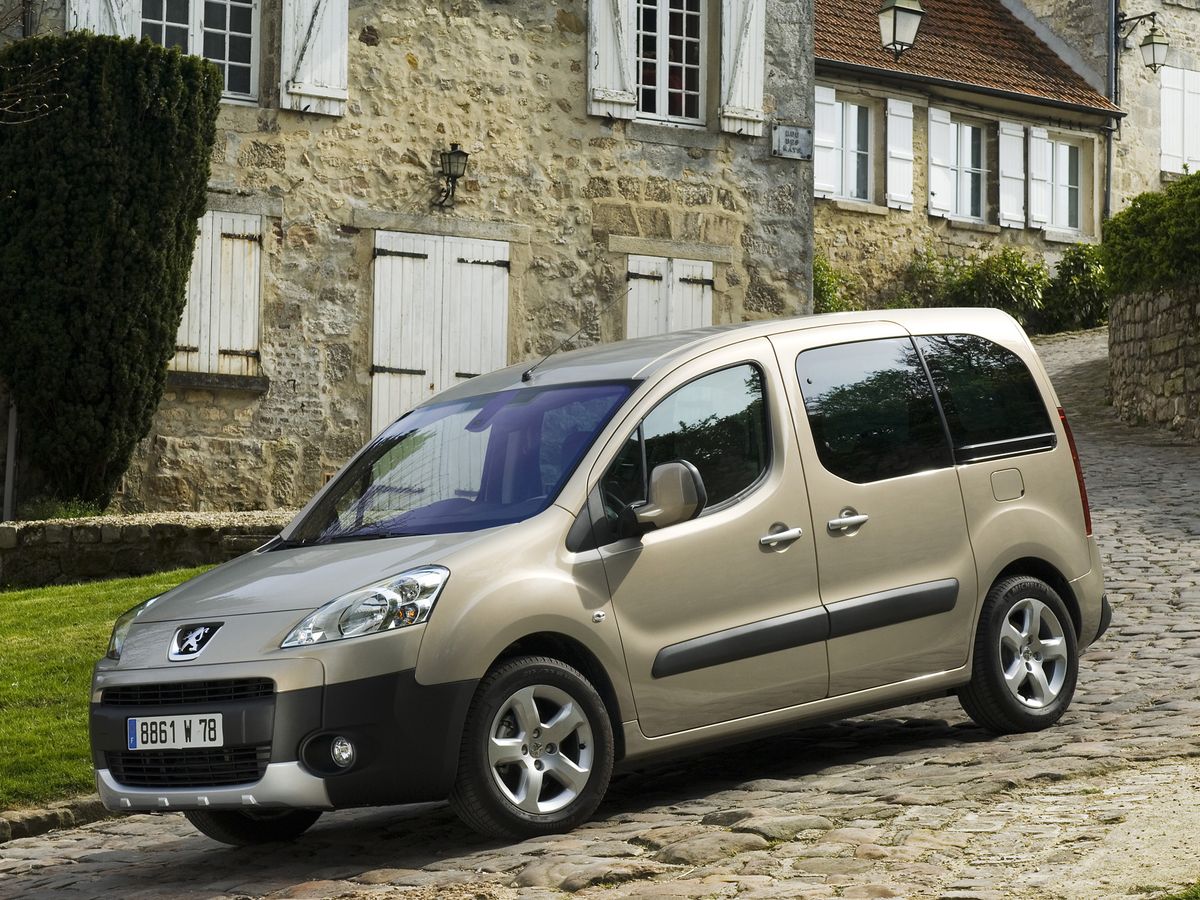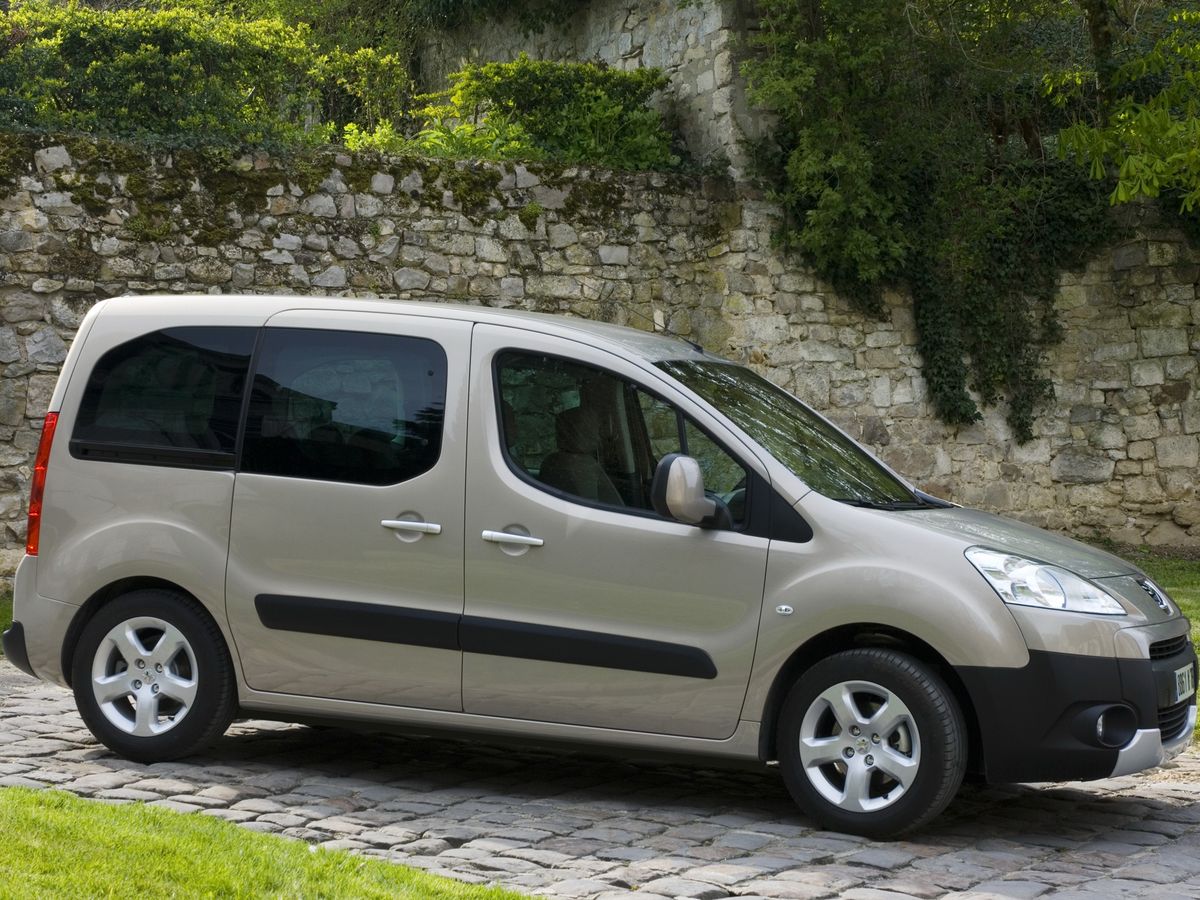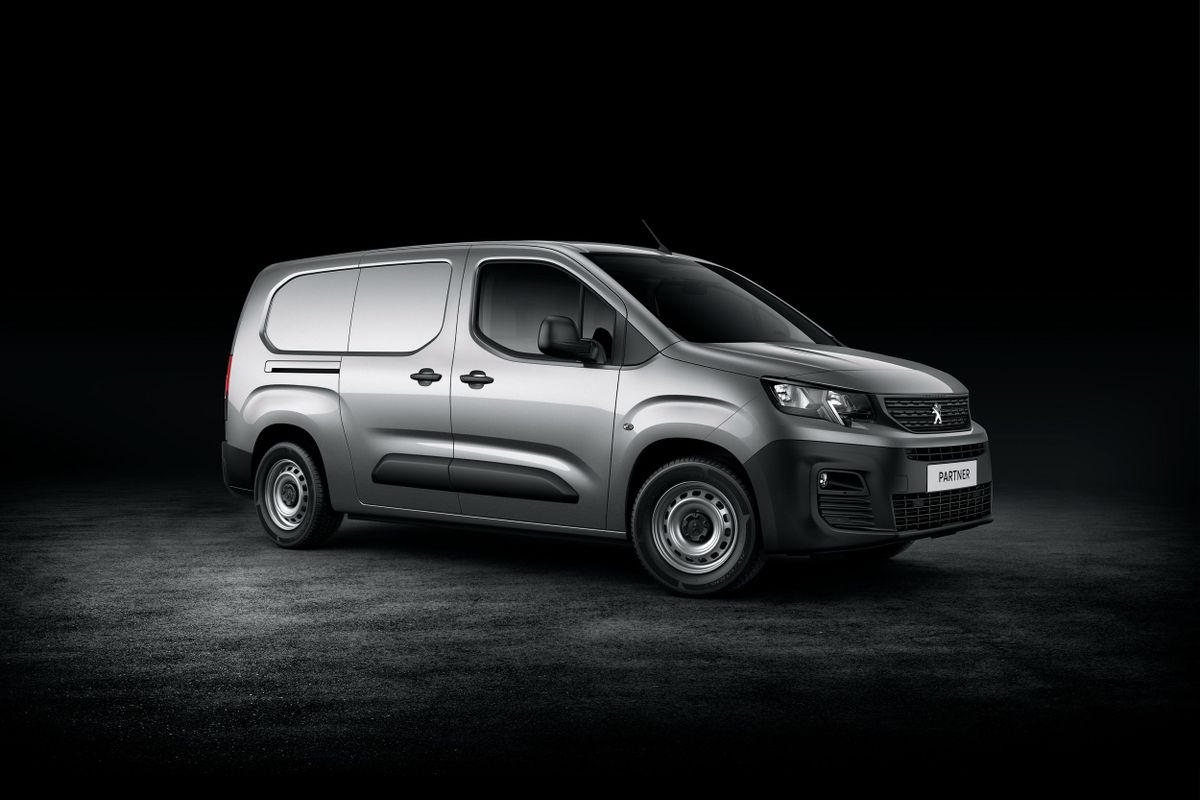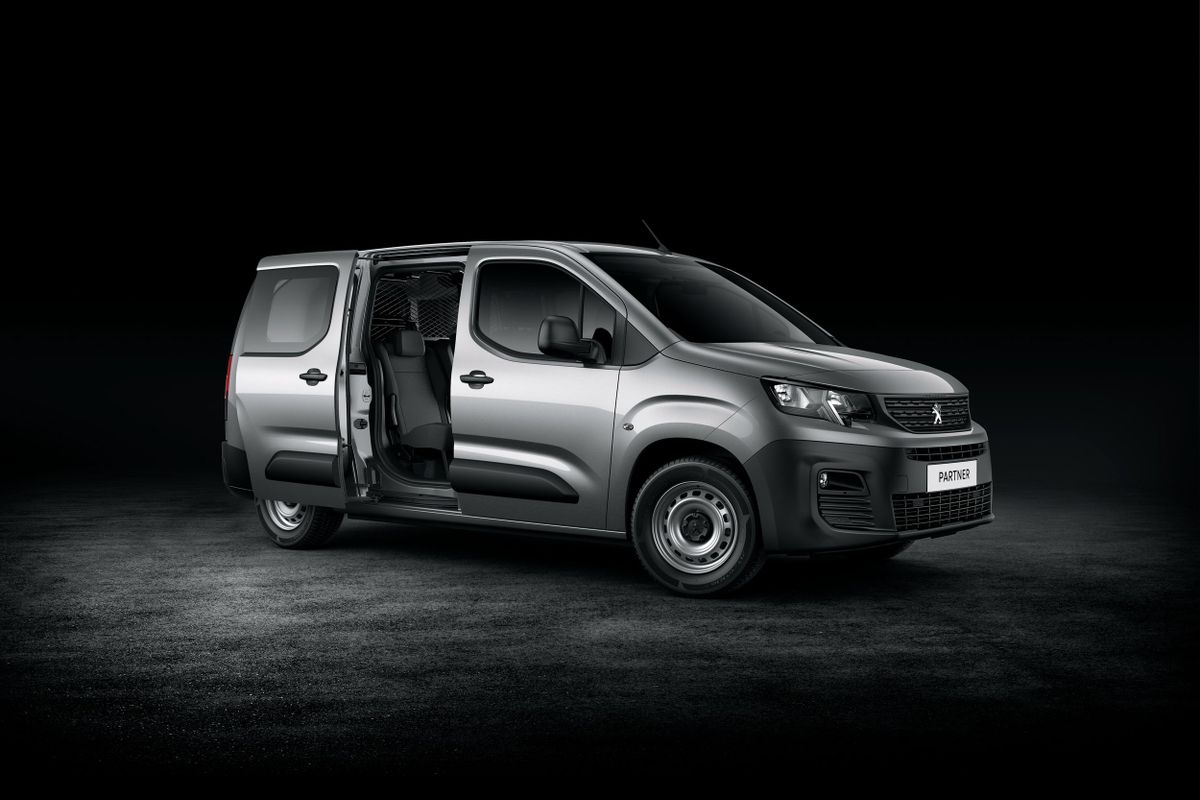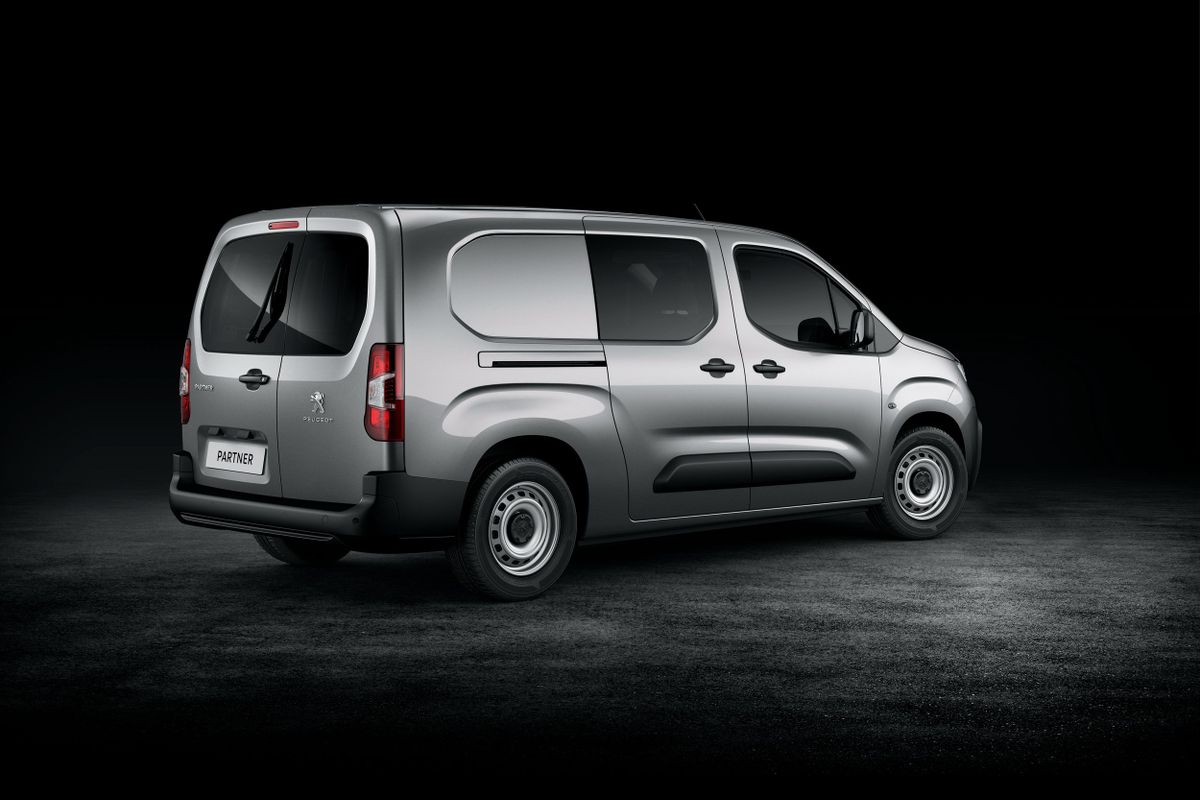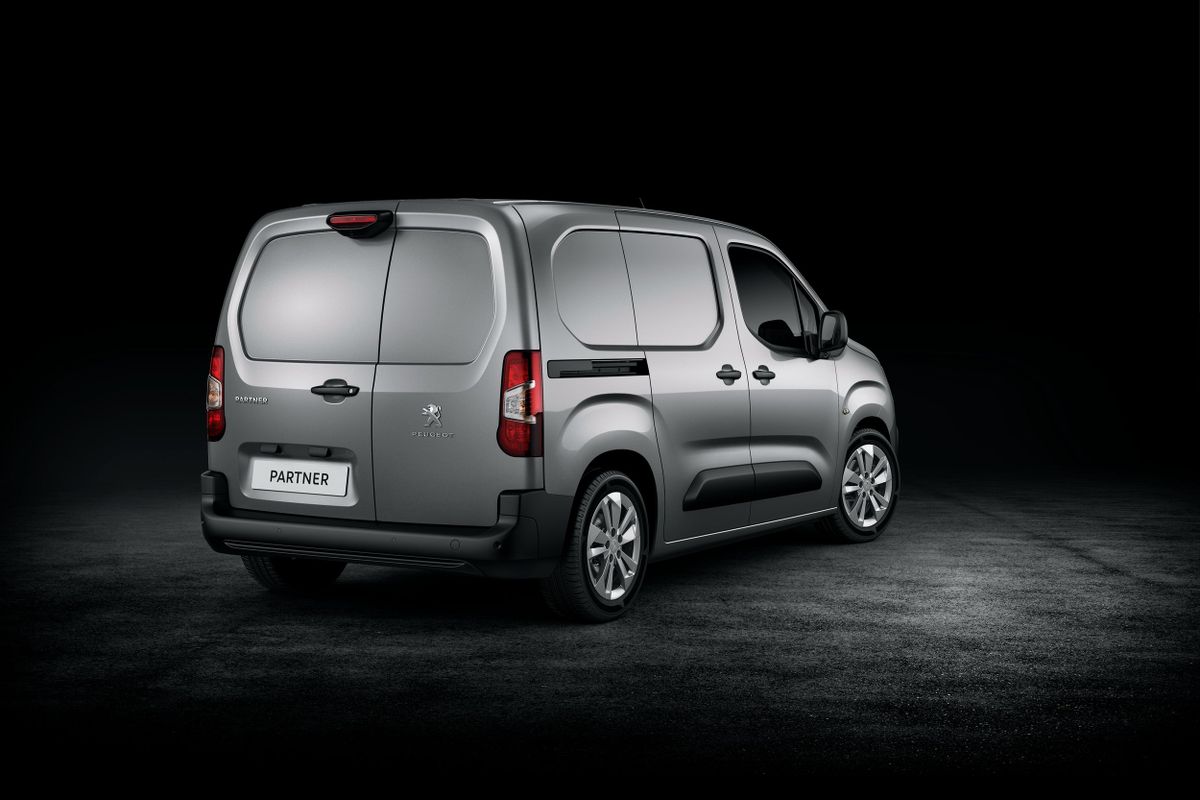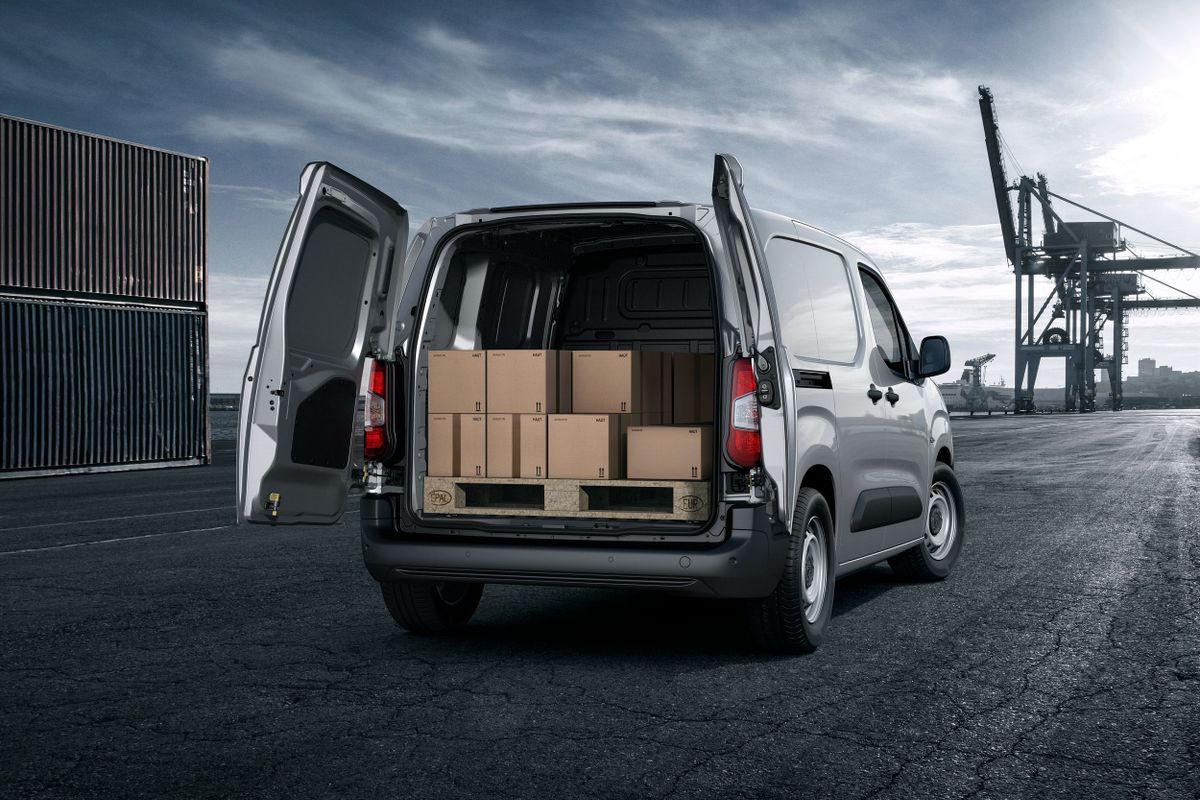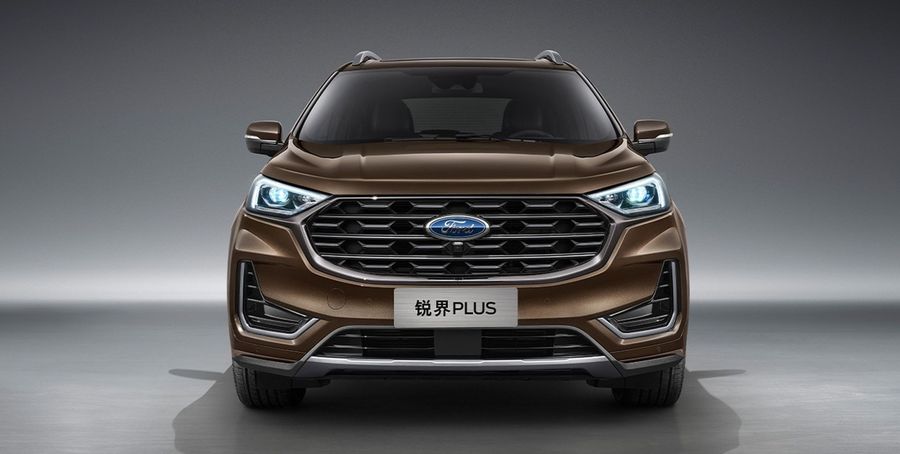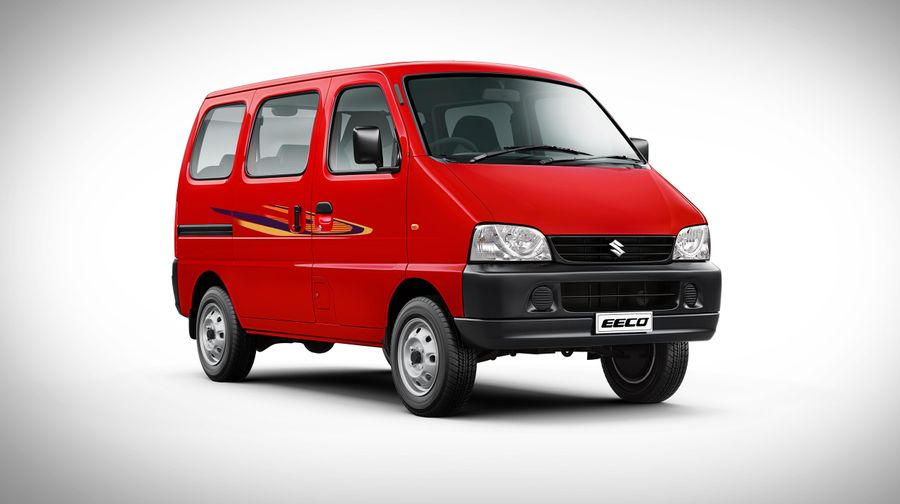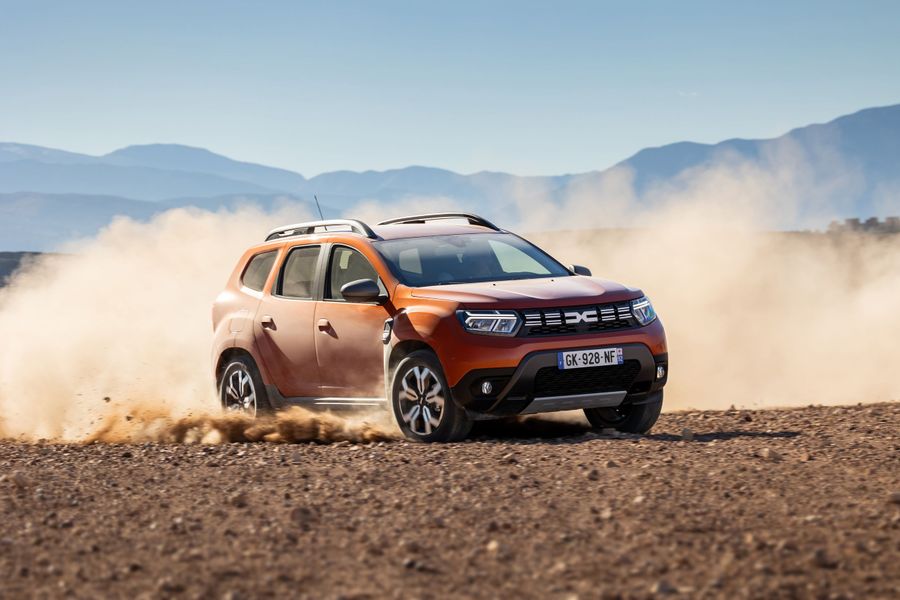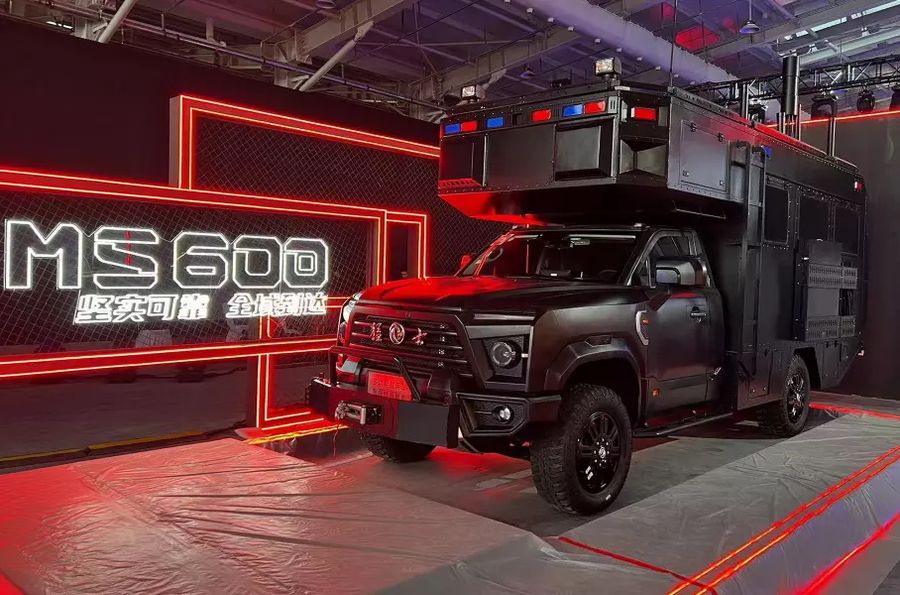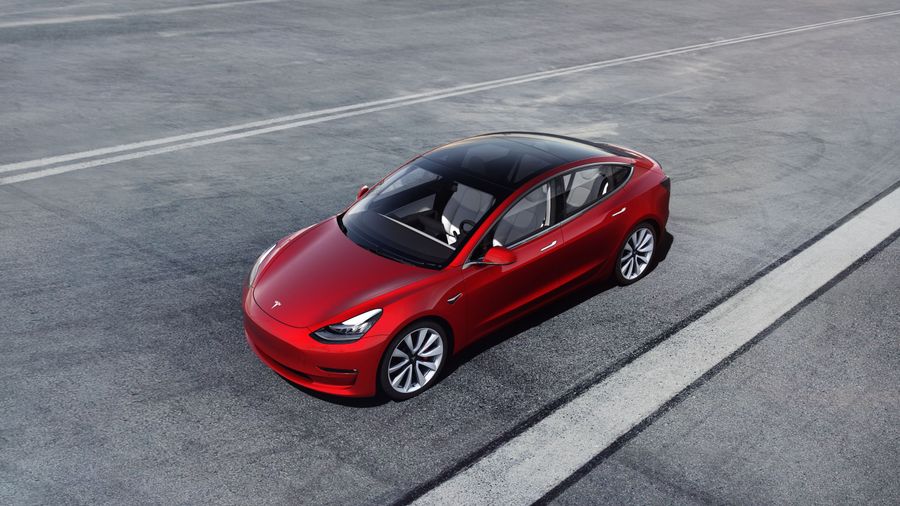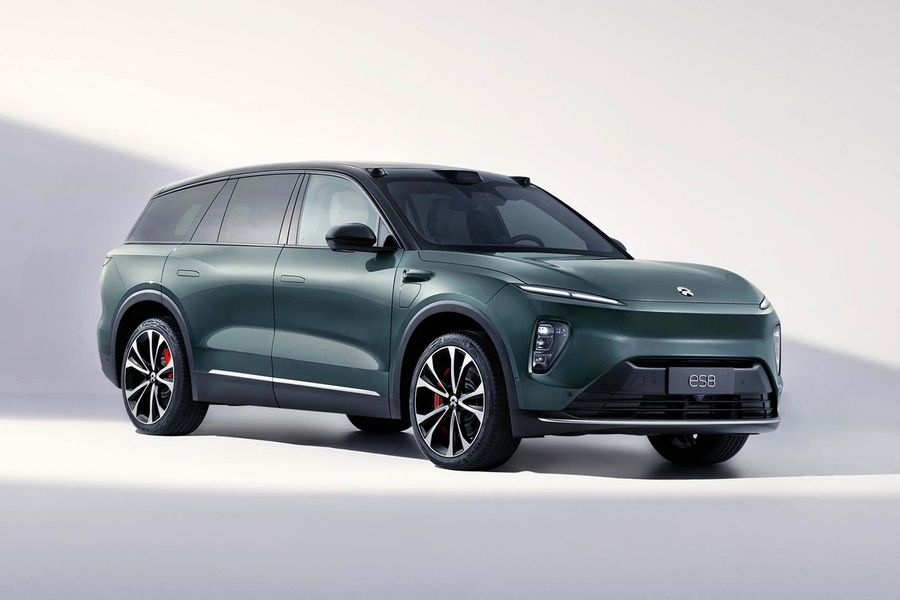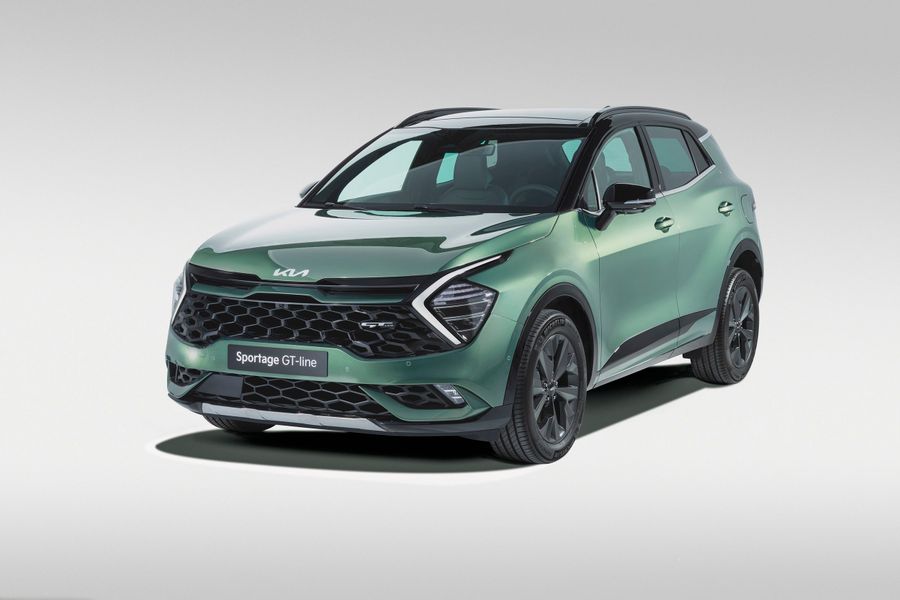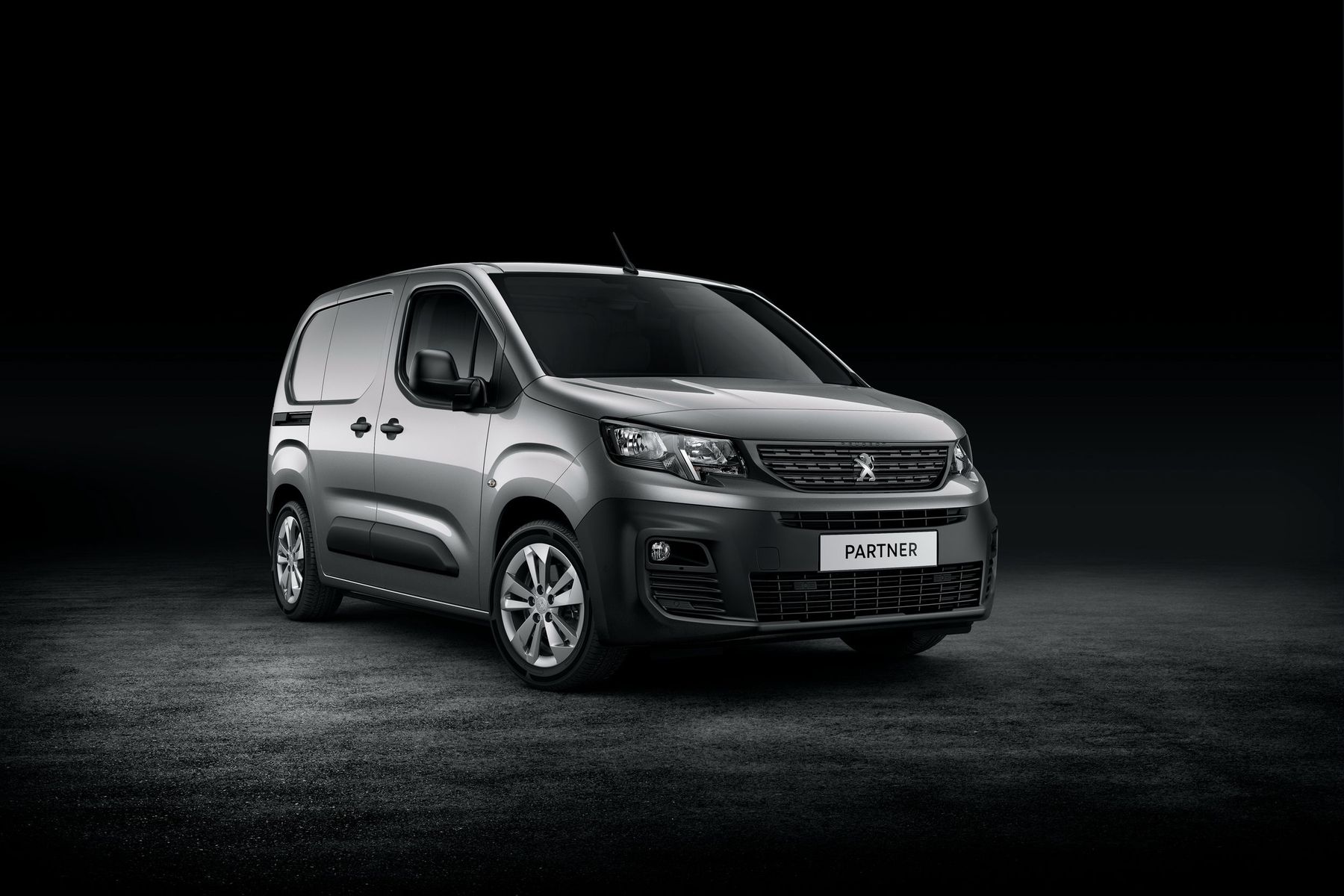
Peugeot Partner. Best French partner
The Peugeot Partner is very similar to the Citroën Berlingo. They share the same direction of development, as well as the same number of updates and generations introduced in the same time period. Produced since 1996, the Peugeot Partner was initially built as a rustic light truck, but now it is more like a good family car with an impressive payload. The modern Peugeot Partner is also practically a Citroën Berlingo, but slightly different. The main competitors are the Ford Transit Connect, Volkswagen Caddy and Renault Kangoo. The Partner is not officially available in Israel, but it is worth talking about it, if only because it is difficult to find a better partner for business in the city.
The first generation
The first generation was produced from 1996 to 2008. The first Partner was a functional utility car for small businesses, but with interesting potential. The 5-seater vehicle offered large windows and a spacious comfortable interior. It was completed with different engines, the most popular of which was a 2-liter turbocharged diesel engine with a 5-speed manual gearbox. The van was restyled in 2002 due to the EU’s transfer to the Euro 3 standard for LCVs, so the engines and chassis were mainly updated. But the evolution of the exterior and interior from the grumpy LCV to the attractive MPV also continued.
The second generation
In 2008, the second generation Partner entered the market (the first generation continued to be produced). The changes touched the exterior, chassis, body structure, but mostly the equipment. The vehicle featured an intelligent media system with a 7-inch touch screen monitor, new security features such as a rear view camera and parking sensors. Engines and suspension were modified to the Euro-5 standard. There were BlueHDi engines with an output ranging from 75 to 120 hp, paired with a 6-speed manual gearbox. The second generation was restyled twice. As a result, the Partner approached the third generation as a nice and highly versatile vehicle.
The third generation
It has been produced from 2018 to the present (as of 2022). In Europe, the new Peugeot Partner has become one of the most popular small functional vans ‘for all occasions’ with a full load of up to a ton. The French van can be of two types: Standard and Long. The volume of cargo space is 3.3 and 3.8 cubic meters, respectively, while the payload varies from 680 kg to 1,009 kg. There is also a Partner Crew modification with a longer body, a 5-seater layout, a 3-seater rear seat and a partition that can be folded and moved forward to increase cargo space if necessary.
By the way, unlike Citroën and Vauxhall, which share a common interior with it, the Partner has an authentic i-Cockpit, specially designed for this model. The options and functions include:
- remote central locking with blocking and separate locking of the cab;
- power front windows and outside rear-view mirrors;
- air conditioner;
- parking sensors;
- cruise control with adjustable speed limiter;
- Peugeot Connect TomTom navigation system and much more.
Modifications are aimed at solving different problems and have a unique body kit corresponding to these tasks. For example, the Peugeot Partner designed for construction has such options as an automatic electronic parking brake, traction control with hill descent control, underbody protection, 30 mm increased ground clearance, mud and winter tires, an overload indicator, a tire pressure monitor, an adjustable driver’s seat and more.
Interestingly, the rear end of the van platform is a development of the second generation Partner, while the front end is an adaptation of PSA Group’s new EMP2 car chassis. This means the new Partner can transport as much as it could before, but now comes with added convenience and safety technology that the small van class simply couldn’t have before.
The 2021/2022 Peugeot Partner can be standardly equipped with new 1.5-liter engines with 76 and 102 hp, which comply with Euro-6 standards. There is also a PureTech 110 gasoline engine with an output of 110 hp, which is considered more suitable for intensive use in the city. All engines come with manual transmissions, while the top ones can have an optional EAT8 8-speed automatic transmission.


